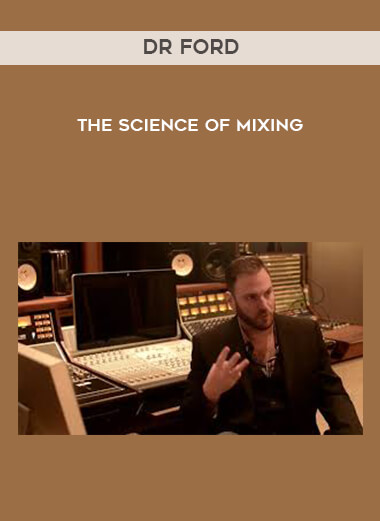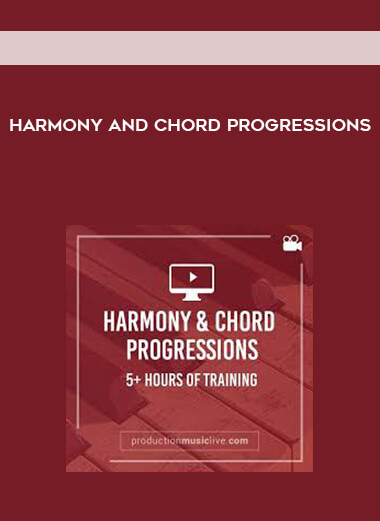
Dr Ford – The Science of Mixing
Salepage : Dr Ford – The Science of Mixing
Archive : Dr Ford – The Science of Mixing Digital Download
Delivery : Digital Download Immediately
Description
DR Ford shows that mixing is a science and how this knowledge can really improve your mix!
DR Ford opens its own session to illustrate how it improves mixes, including vocal mixing tips, the theory of how to work with drums from tracking to mastering, and the principles of parallel processing. DR Ford improves efficiency with less processing, and shares philosophy and tips to help redefine your mixing approach.
By the end of this workshop, you will understand the importance of understanding the science of sound and how to “distinguish magic from enchantment.”
You will learn the original DR Ford theory of how the golden ratio applies to mixing, why we use rule 3 and the transient versus sustain theory. He not only shows us how he works in Pro Tools, but also explains the science and every “why” behind his actions.
In this mixing workshop:
– Experiments that you can try to help you improve your hearing, to become more effective when using conventional studio tools
– The concept of panning: 3 pillars of panning, a phantom center, the psychology of panning, etc.
– How to find, focus and work with the foundation of your mix, and how to visualize your mix
– Why you should monitor your mix in mono
– Transient versus sustain theory: how to relate to them and why you should relate to them differently
– The philosophy of bass and how you should handle bass in your mix
– “Lyric mixing” – the philosophy of sound depth and the ways to achieve it in your mix
– The importance of choosing the right reference track
– Theory of how to use a mic with a drum kit
– Why do we use rule 3 and how does the golden ratio relate to mixing
– Delay compensation, session management and good workflow suggestions
– Time alignment of your drum tracks
– How to manipulate your drum microphones to get more roomy (or less roomy) sound
– How to improve drum groove and how to determine what to do to improve such groove
– How to make things cut through the mix (how to “increase expressiveness without changing the volume”)
– How to add harmonics to your tracks
– Vocal Processing Tips
– The importance of understanding voice anatomy when tracking and mixing
– How to deal with whistling tones
– Why DR Ford prefers single-band multi-band dynamic processing
– Recommended reference mixes and what to listen to in these mixes
– Theory of bass in vocals and how to relate to it.
– Philosophy of parallel processing and how to do it
– DR Ford demonstrates how it handles the whistling tone in a vocal track. Watch this video to learn useful technical tips, hear recommendations on some plugins, and learn how to deal with a hole that occurs when cutting frequencies.
– DR Ford explains how the human mind perceives only 3 bits of information at a time. So what does this mean for our mixes, and how can we use this information to our advantage?
– DR Ford discusses some of the basic features of human psychology when it comes to transients and sustain in audio. Can we then form our mixing technique to adapt the way the human mind focuses on these two categories of sound?
Episode 2.mp4
Episode 3.mp4
Episode 4.mp4
Episode 5.mp4
More from Categories : Music Learning














Reviews
There are no reviews yet.